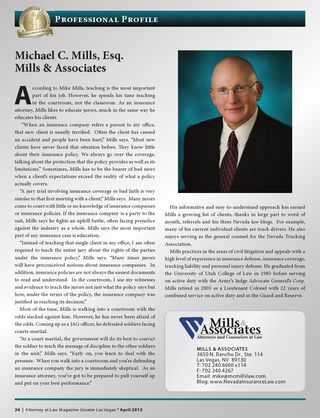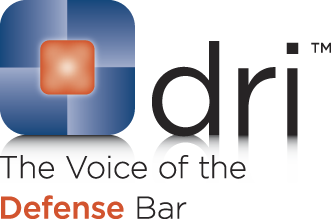When an employee causes an injury accident, Plaintiffs almost always target the employee as a Defendant in the suit. If they know about the employment relationship, Plaintiff’s attorneys will name the employer as well. Most common is a cause of action for respondeat superior. Follow the link to our blog post that discusses this theory of vicarious liability.
However, Plaintiffs’ attorneys regularly include claims for negligent hiring, supervision or retention of the employee. This theory of liability suggests that the employer owed an independent duty of care to the Plaintiff for the injury suffered. If the employer denies that it is vicariously liable for the employee’s negligence, the causes of action for negligent hiring, supervision or retention will most often survive a challenge by the employer. However, what should happen when the employer concedes that the employee was in the course and scope of duties when the accident happens?
In the United States there is a split over whether an employer’s admission of course and scope of employment should deprive the Plaintiff of an opportunity to explore the independent causes of action against the employer. Although the Nevada Supreme Court has not yet addressed this question, a majority of Courts in the U.S. have decided that the negligent hiring claim should not be allowed to go to the jury where the Defendant employer has admitted course and scope and respondeat superior liability is established. See, Cole v. Alton, 567 F. Supp.1084 (N.D. Miss. 1983); Lee v. J.B. Hunt Transport Inc., 308 F. Supp. 2d 310 (S.D. New York 2004); Elrod v. G&R Construction, 628 S.W.2d 17 (Ark.1982); Armenta v. Churchill, 267 P. 2d 303 (Cal.1954); Yedesma v. Cannonball Inc. 538 N.E. 2d 655 (Ill. 1989); and, McHaffie v. Bunch, 891 S.W.2d 822 (Mo. 1995);
The rationale for these holdings is based on the nature of vicarious liability and the various grounds by which an employer may be held vicariously liable for the conduct of an employee. In Wise v. Fiberglass Systems, Inc. 110 Idaho 740, 718 P.2d 1178 (1986), the Idaho Supreme Court reviewed the holdings from various state courts, and found that:
Those jurisdictions which have considered this issue in factual circumstances similar to this case have almost without exception determined that if the owner has already admitted liability under the doctrine of respondeat superior it is improper to also allow a plaintiff to proceed against the owner of a vehicle on the independent negligence theories of negligent entrustment, and negligent hiring or training.
Id. at 1181.
One of the arguments for the majority position is that negligent hiring cause of action is duplicative and a waste of judicial resources when an owner has already admitted responsibility for the driver. Another reason to not allow the cause of action is that evidence regarding the driver’s accident history and driving records that would come out in a negligent hiring action could allow a jury to draw a prejudicial inference regarding the driver’s past behavior with regard to the current case.
There have been some cases that recognize an exception to this rule, that if punitive damages are claimed that the causes of action of respondeat superior and negligent hiring, supervision and retention should be allowed to proceed to the trial together.
Mills & Associates will continue to keep an eye on Nevada law, looking for a precedential decision on this issue.
 Follow
Follow Email
Email


